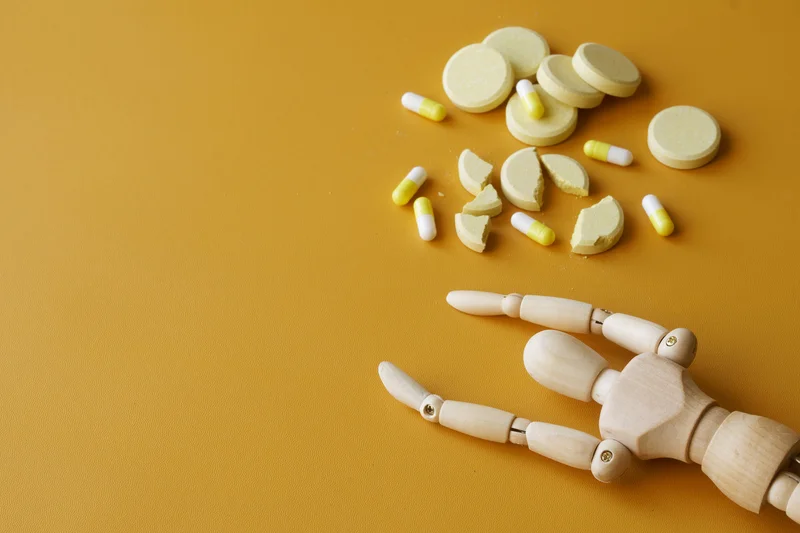The alcohol-induced cardiomyopathy: A cardiovascular magnetic resonance characterization

Although anticoagulation may be of benefit to patients with profound LV dysfunction and atrial fibrillation, the risks must be weighed heavily in this patient population. Reversible cardiomyopathies have been considered as one of the under diagnosed etiologies of non-ischemic cardiomyopathy Sober living house that require careful clinical insight. Although reversible in nature but if remain undiagnosed, it can lead to catastrophic effects. Further research regarding diagnostic and therapeutic algorithm for this subset of cardiomyopathy is needed to improve long term outcomes (Table 1). There are no specific lab tests to diagnose ACM, but some may be useful for checking the extent of alcohol-induced damage. A thorough physical examination should be conducted to evaluate signs of heart failure, such as abnormal heart sounds (e.g., murmurs), fluid retention (e.g., peripheral edema, jugular venous distention) and physical signs that may point to alcoholic cardiomyopathy.
Epidemiological studies

These changes are related to both direct alcohol toxicity on cardiac cells and the indirect toxicity of major alcohol metabolites such as acetaldehyde. Alcohol-induced cardiomyopathy remains a relevant health problem, for which the mainstay of treatment is alcohol abstinence. In recent years, basic and clinical research has shed light on its pathogenesis, which includes direct toxic effects of alcohol on the alcoholic cardiomyopathy myocardium, oxidative stress, mitochondrial dysfunction, and genetic susceptibility. The pathophysiology of AC involves a combination of direct toxic effects of alcohol on the myocardium, oxidative stress, mitochondrial dysfunction, and genetic susceptibility.
Actions
Abnormal heart sounds, murmurs, ECG abnormalities, and enlarged heart on chest x-ray may lead to the diagnosis. Alcoholic cardiomyopathy (ACM) is a disease in which the long-term consumption of alcohol leads to heart failure.1 ACM is a type of dilated cardiomyopathy. Alcohol-induced cardiomyopathy, especially when more severe, leads to deadly problems like heart attack, stroke or heart failure. Individuals with this condition who don’t stop drinking heavily are at the greatest risk. Between 40% to 80% of people who continue to drink heavily will not survive more than 10 years after receiving this diagnosis.

Clinical Characteristics and Prevalence
If your heart is severely damaged, your doctor may recommend an implantable defibrillator or pacemaker to help your heart work. It is essential to abstain from alcohol and to follow the advice of your doctor in order to improve the outlook for ACM. In addition to abstaining from alcohol, making lifestyle changes such as eating a healthy diet, exercising, and avoiding stress can help protect the heart and prevent ACM. In addition to abstaining from alcohol, making lifestyle changes such as eating a healthy diet, exercising, and avoiding stress can help improve heart health and reverse ACM. It is also important to note that ACM can worsen if alcohol consumption is not stopped.
Yet, addressing alcohol use disorder is imperative to prevent further systemic damage and promote overall health. Prompt treatment can help prevent the disease from getting worse and developing into a more serious condition, such as congestive heart failure (CHF). The signs and symptoms of alcoholic cardiomyopathy include shortness of breath, fatigue, chest pain, irregular heartbeats, and swelling in the feet, ankles, and abdomen. A 48-year-old woman presented to the emergency department with confusion and shortness of breath. She admitted to an eight-year history of the ingestion of more than 600 mL of vodka per day.
- Azidothymidine also increases the production of mitochondrial reactive oxygen species (ROS) in addition to energy depletion.
- Renal transplantation has been shown to reverse uremic cardiomyopathy and to confer a significant survival advantage over hemodialysis 104.
Treatment / Management

You should also follow your doctor’s guidance and advice on any treatments you receive. If you have any questions about how to do either of these, your healthcare provider can answer them and offer you help and resources along the way. This section collects any data citations, data availability statements, or supplementary materials included in this article. Apical echocardiographic view of a remodelled left ventricle with a mitral rigurgitation.
Overall data with regards to alcohol induced cardiomyopathy is insuffienct and does not illustrate significant available data. The pathogenesis of alcoholic cardiomyopathy is likely multifactorial, and current evidence suggests a role for decreased excitation/contraction coupling, oxidative damage, and membrane destabilization in cardiac myocytes. Several theories have been put forth to explain the underlying pathogenesis of alcoholic cardiomyopathy. Others have also found a significant decrease in intramitochondrial isocitrate dehydrogenase activity (20,24). Others have found an increased level of fatty acid ethyl esters in the alcoholic heart, which can attach to the mitochondria and disrupt mitochondria respiratory function (32).
- Over time, alcohol can damage the heart muscle, leading to the thickening of the walls of the ventricles.
- This stage of alcohol misuse is when tolerance develops, and serious withdrawal symptoms can occur.
Case Studies And Clinical Evidence
In this same study, investigators found increased markers of autophagy, such as LC3B and autophagy-related gene 7 proteins and tumor necrosis factor α, along with a reduction in mTOR activity. Autophagy is a catabolic mechanism carried out by lysosomes and is important for the degradation of unnecessary or damaged intracellular proteins, therefore keeping the cell healthy. This mechanism is also important for cell and organism survival during stress and nutrient deprivation. Under the latter conditions, autophagy via degradation of macromolecular intracellular constituents becomes important in generating and recycling carbons and amino acids. However, there is evidence that there is enhanced autophagy in certain cardiac pathological conditions such as heart failure, cardiomyopathy, and cardiac hypertrophy, conditions in which there are increased levels of angiotensin II (69).

Myocardial impairment following chronic excessive alcohol intake has been evaluated using echocardiographic and haemodynamic measurements in a significant number of reports. In these studies, haemodynamic and echocardiographic parameters were measured in individuals starting an alcohol withdrawal program. The findings were analysed taking into account the amount and chronicity of intake and they were compared with the same parameters measured in a control group of non-drinkers. The diagnosis of ACM is usually one of exclusion in a patient with DCM with no identified https://ecosoberhouse.com/ cause and a long history of heavy alcohol abuse. According to most studies, the alcohol consumption required to establish a diagnosis of ACM is over 80 g per day during at least 5 years9-12.


